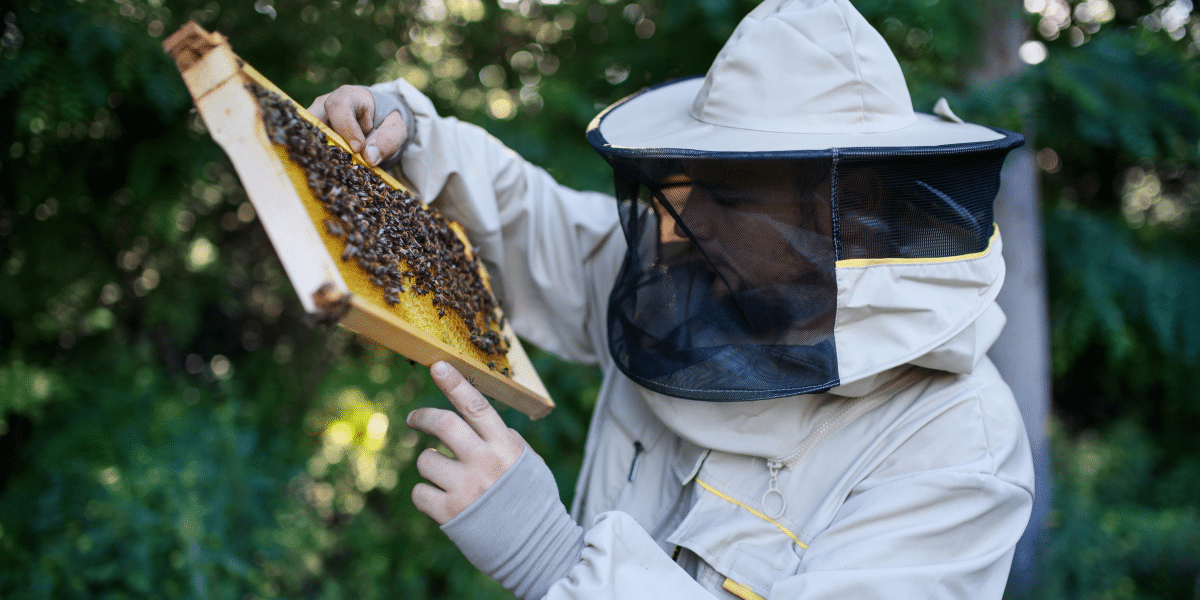It’s All About the Reward
Bees get all the glory when it comes to flowers. But the truth is, the world of pollination is a vibrant dance involving a whole cast of fascinating creatures. From flitting hummingbirds to long-tongued bats, these floral partnerships go beyond the buzz and involve some truly bizarre and beautiful adaptations.
Flowers aren’t just pretty faces. They’ve evolved to entice specific pollinators, offering a sugary bribe in exchange for a crucial service: transferring pollen between flowers, allowing plants to reproduce. But different pollinators have different preferences, leading to an incredible diversity in flower shapes, sizes, and even smells [1].
Let’s move beyond the familiar bee and explore some of these fascinating floral partnerships:
-
Hummingbird Heaven: Imagine tiny, feathered helicopters hovering amongst vibrantly colored flowers. Hummingbirds, with their long, slender beaks, are perfectly adapted to reach the nectar deep within trumpet-shaped flowers like honeysuckle and fuchsias. As they flit from bloom to bloom, they carry pollen on their heads, ensuring successful pollination for their floral partners [1].
-
Batty for Blooms: Who knew nights were abuzz (well, not exactly abuzz) with pollination activity? Many night-blooming flowers, like night-blooming jasmine and certain cacti, have evolved to attract bats. These nocturnal pollinators have excellent senses of smell and are drawn to the strong, often sweet fragrances emitted by these evening flowers. The pale colors and large, open blooms of these night-blooming flowers make them easy for bats to spot, leading to a mutually beneficial partnership [2].
-
Beetles Take Flight (Sort Of): Not all pollinators take to the skies. Beetles, those industrious (and sometimes pesky) creatures, play a vital role in pollination too. Some flowers, like skunk cabbage and yuccas, have a pungent odor that attracts scarab beetles. These beetles become covered in pollen as they rummage around the flower, carrying it to other plants of the same species.
This intricate dance between flowers and their pollinators is a story of co-evolution. Over millennia, flowers have developed unique features to attract specific pollinators, while the pollinators themselves have evolved adaptations to reach the nectar reward efficiently. For example, some orchids mimic the appearance of female insects, tricking male insects into attempting to mate with the flower, inadvertently transferring pollen in the process [2]!
More Than Just Honey: The Importance of Pollination
Pollination isn’t just about pretty flowers and buzzing bees. It’s the foundation of our entire food system. From the fruits and vegetables we enjoy to the nuts and seeds we snack on, pollination plays a critical role in plant reproduction. A decline in pollinator populations due to habitat loss and pesticide use poses a serious threat to global food security.
By planting pollinator-friendly gardens with a variety of flowering plants, using fewer pesticides, and supporting sustainable agricultural practices, we can all play a role in protecting these vital floral partnerships. Let’s celebrate the diverse cast of pollinators, from the tiniest beetles to the flitting hummingbirds, and ensure a vibrant future for these beautiful floral collaborations.





